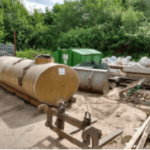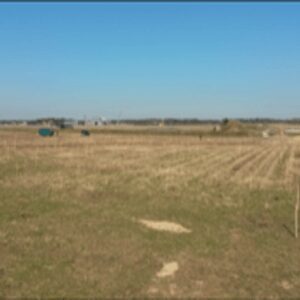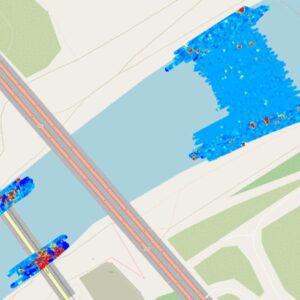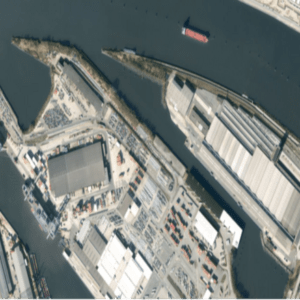| Short description: | The site was in continuous use from its construction in 1901 until 1993. During the imperial era, the site was the StOÜbPl for pioneer training with the "large pioneer training centre" at its heart. After it was partially filled in, a land training area was created and vehicle halls and accommodation were built. A phase of civilian use followed around the end of the First World War. From 1934 until the end of the Second World War, pioneers were again trained for front-line operations. At the end of the 1940s, small businesses settled here, including a car repair shop, a seed trade and a metal recycling company, and the former pioneer training centre was partly used as a rubbish dump. In 1956, the German Armed Forces took over almost all of the old buildings, and due to the long and complex history, the focus was on analysing and clarifying the sometimes small-scale uses. A total of 19 areas suspected of being contaminated were identified. Each contaminated site was described and assessed by means of a fact sheet. Further investigation was required for 17 contaminated sites as part of a Phase IIa investigation concept for exploratory investigations. Due to the extensive sealing of the area, investigations of the groundwater were initially dispensed with. In order to investigate the subsoil, small percussion drillings (KRB) were recommended in the area of the KVF until the natural soil was safely reached or until organoleptically / sensory inconspicuous soil layers were reached. |







